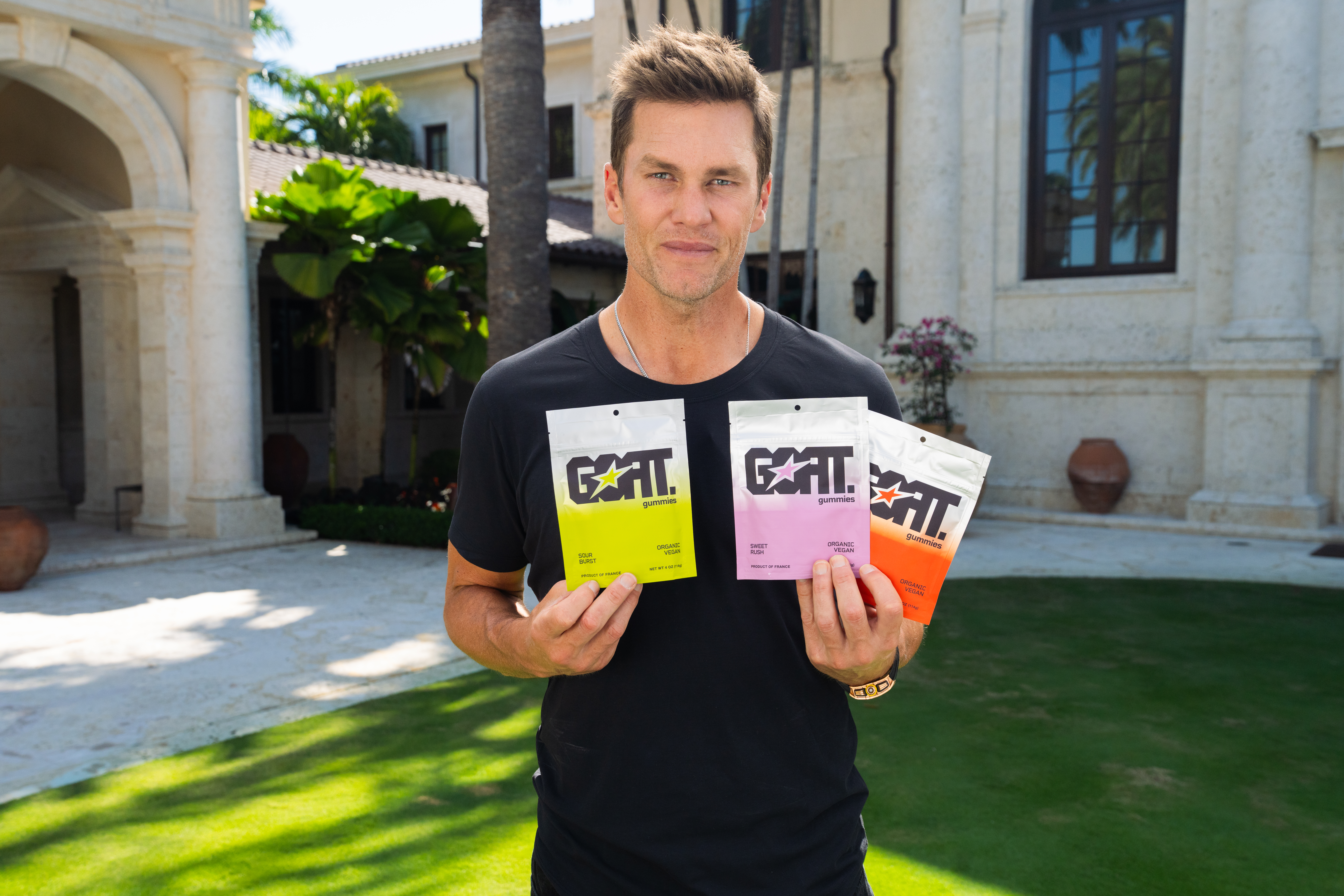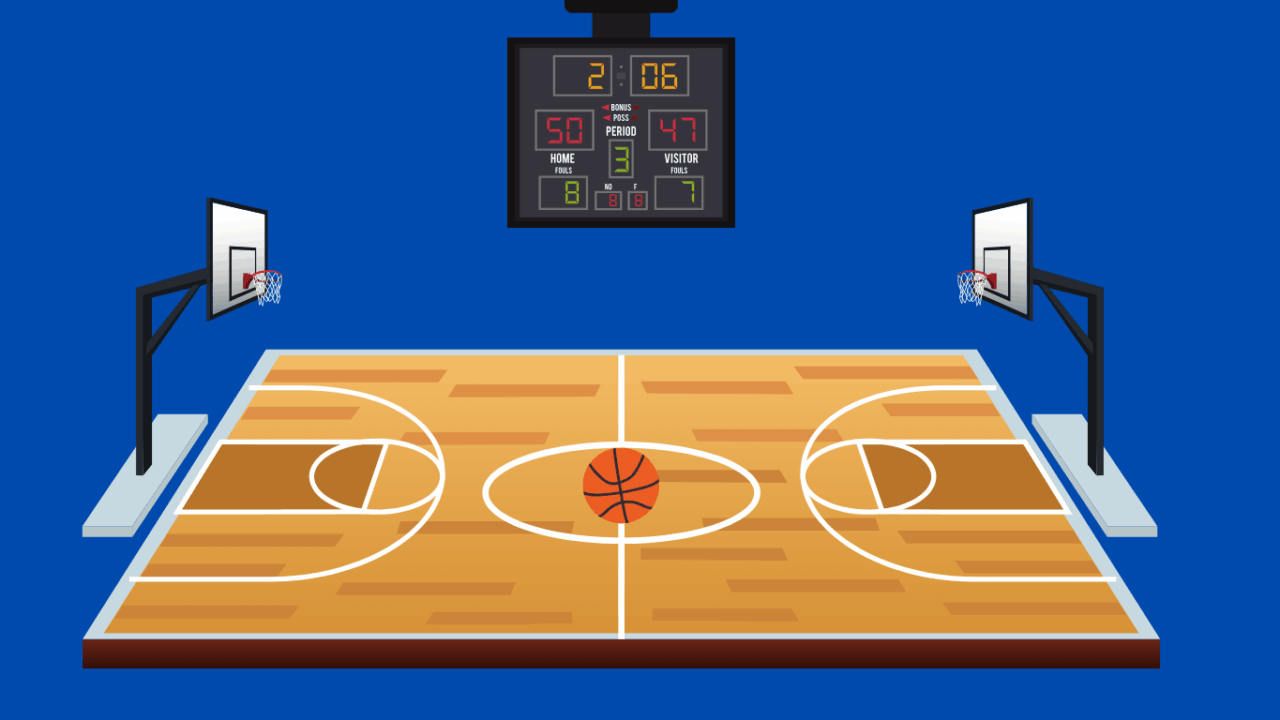Can YouTube Shorts Expansion to 3 Minutes Compete with TikTok’s Long-Form Content?

YouTube is expanding its Shorts feature from 15 seconds to a full three minutes soon, which is a departure from its original purpose.
This is similar to TikTok, as it originally started with 15-second videos and now allows videos of almost 10 minutes. Many people have speculated that YouTube is trying to catch up with the ever-growing platform to increase viewer engagement and ad performance.
For creators, the longer video duration provides more flexibility in content creation, which was a big request from the community. It also opens up better opportunities to monetize with ads and cross-promote other content, giving them more ways to grow their audience and revenue However, there are drawbacks. Algorithm changes could deprioritize longer Shorts if engagement drops, potentially affecting visibility. Additionally, audiences accustomed to shorter content may take time to adapt, leading to slower initial results.
Managing Khanna House Studios, Wellington, Florida’s first and only podcasting and YouTube production studio with an integrated event space, is Lillian Khanna. As a studio manager, she ensures clients’ creative and technical needs are met with precision in all aspects of photography, videography, content creation, and podcast production.
Lillian Khanna has a few different opinions about YouTube’s decision to expand Shorts to three minutes. Khanna believes it offers creators a valuable challenge—maintaining the concise reel format while delivering meaningful content. As a creator, Khanna views the change positively. However, as a social media consumer, she notes that it signals a shift away from ultra-short attention spans and rage bait-driven engagement.
“I think we’re moving back in the direction that we came from where everyone’s attention span isn’t 7 seconds long and we don’t use rage bait for engagement,” she said. “The burden is back on the content creator to [make something worth watching.] I’m all for it.”
Related: How TikTokification Impacts Content Style and User Engagement.
Balancing Engagement and Advertising: Navigating the Risks of Longer Shorts
YouTube’s decision to expand Shorts to three minutes presents new opportunities for both marketers and creators. The longer format offers greater flexibility for ad placements, enabling more engaging, in-depth branded content that feels natural rather than disruptive. Marketers may now view Shorts as an extension of their ad strategy, opening the door for more creative storytelling in short-form videos.
However, the change carries some risks. Originally designed to compete with TikTok’s fast-paced content, longer Shorts could dilute the platform’s appeal. There’s also the risk that extended ads may alienate viewers accustomed to the quick nature of Shorts. Striking the right balance between engagement and ad saturation will be essential.
“The expansion of Shorts to 3:00 was inevitable. Youtube is mimicking the best of TikTok and TikTok is borrowing from Youtube,” said Reid Stone, CEO of HEROfarm. “They’re simply aiming at opposite ends of the same strategy. Attention spans are growing shorter and research would tell you that there’s an ebb every 2-3 minutes in focus flow for the average viewer.”
As a result, Stone suggested that three minutes could be considered standard for traditional ad breaks and he suggested that YouTube should consider offering its content to major networks for placement within standard advertising spaces. YouTube could position itself as a dominant player in both the digital and traditional advertising markets quickly if this integration was achieved, Stone believes, given the pervasiveness of streaming.
YouTube’s standard format allows creators to upload three-minute videos, but the difference in engagement between the two formats may be important to consider how to approach content creation opportunities with Shorts. Shorts differ from YouTube videos in that they are intentional. Shorts are usually found by scrolling when searching for YouTube videos.
“You need a quicker point of interest to retain engagement on a reel that’s been stumbled upon versus a viewer who is intentionally sitting down to watch a YouTube video from their favorite creator,” Khanna said, adding that each platform attracts a distinct age demographic, and once creators understand that dynamic, retention and growth become manageable. She emphasized that the same video shouldn’t be shared across all platforms, as each has its own unique culture and audience expectations.





